What is a case study on aquaculture?
Struggling to understand the real-world impact of fish farming? You hear about its benefits but also its problems, leaving you unsure what to believe. Here’s a clear, practical look.
A case study on aquaculture is a detailed investigation of a specific fish farm, project, or event. It analyzes real-life examples to understand successes, failures, and best practices in the industry, offering valuable lessons for improving sustainability and efficiency in food production.
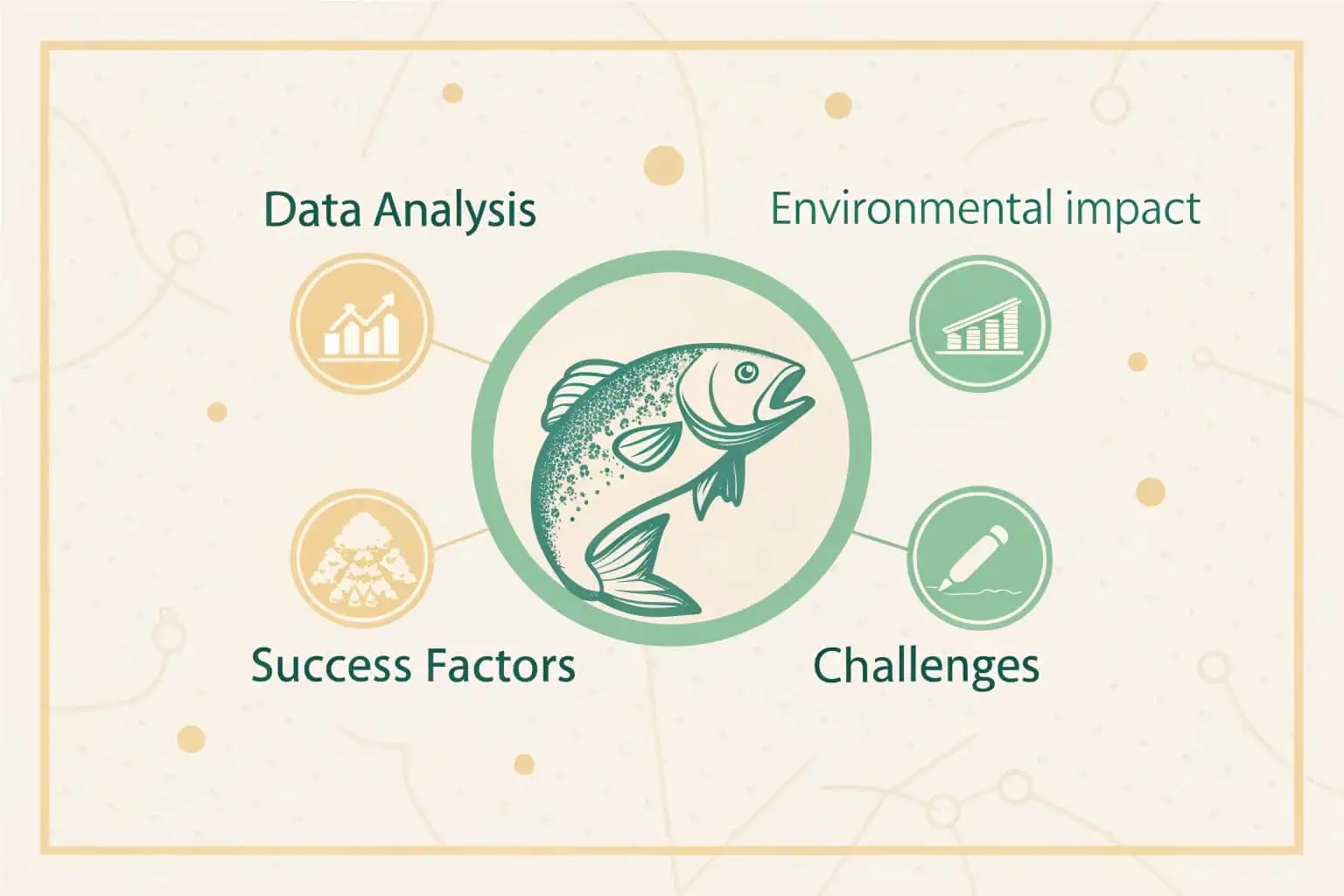
I've spent years in the aquaculture world, and if there's one thing I've learned, it's that theory only gets you so far. To truly grasp what works and what doesn't, you have to look at actual stories from the field. These case studies are like treasure maps, guiding us through the complexities of modern food production. They show us how to navigate the challenges and find the path to a more sustainable future. Let's dive into what these studies really mean and what they can teach us.
What is the study of aquaculture?
Ever wonder how we get so much seafood to our tables? The science behind it is vast and complex, often feeling overwhelming. It’s a field that’s crucial for our global food supply.
The study of aquaculture is the science and practice of farming aquatic organisms like fish, shellfish, and plants. It involves managing breeding, feeding, and harvesting in controlled environments to produce a reliable source of food and other products.
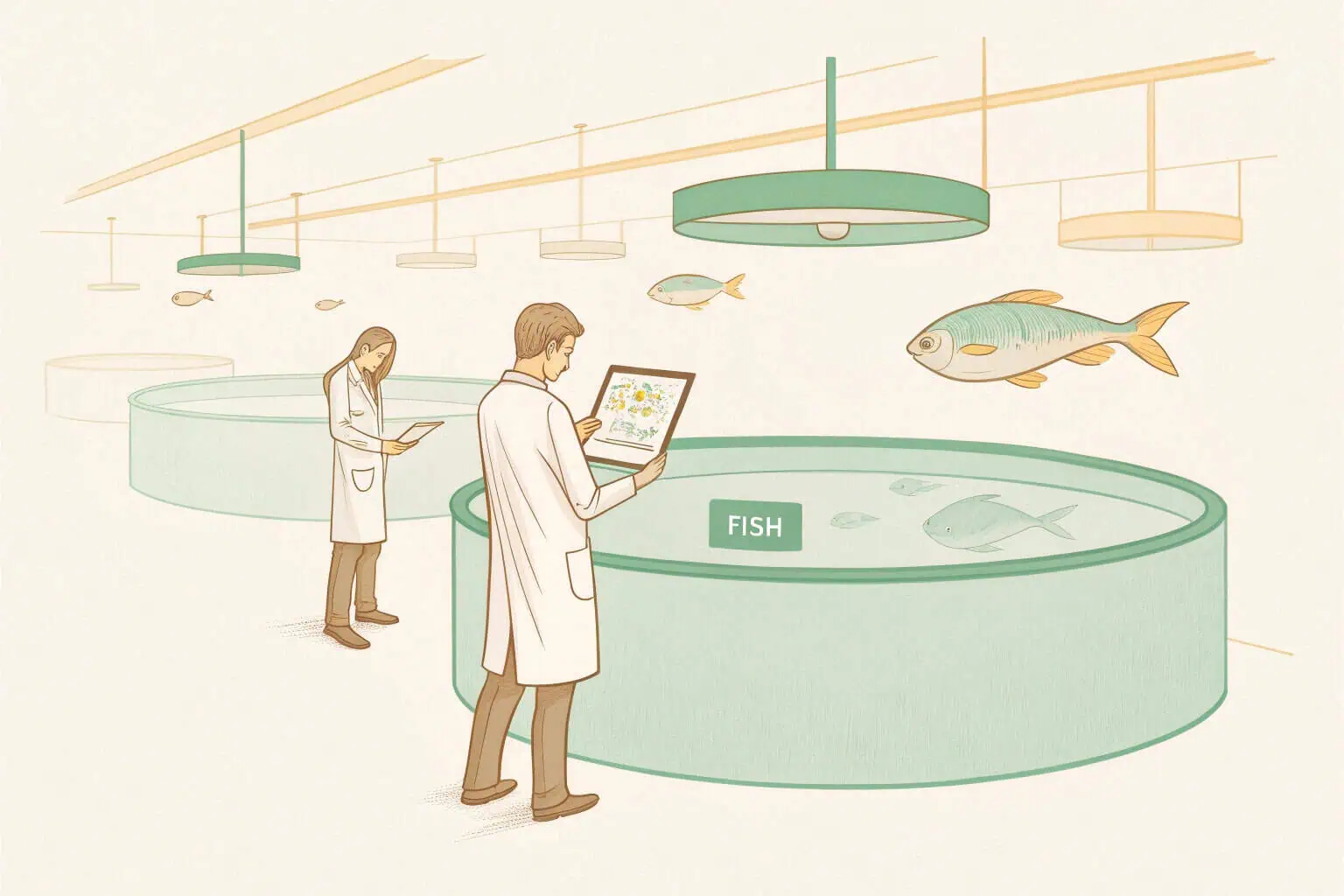
When I first got into this field, I was amazed by the sheer scope of it. It's not just about throwing fish in a pond. It's a sophisticated science that combines biology, ecology, and engineering. We're essentially creating entire ecosystems. The goal is to make them as productive and sustainable as possible. To do that, we have to understand everything from water chemistry to fish genetics. It's a constant learning process, but it's one that's essential for feeding our growing population. Let's break down what this study really involves.
The Core Components of Aquaculture Studies
At its heart, the study of aquaculture is about control and optimization. We're trying to create the perfect environment for aquatic life to thrive. This means managing water quality, which includes temperature, oxygen levels, and waste products. It also involves nutrition—developing feeds that are both healthy for the fish and sustainable for the planet. We also look at disease prevention and treatment1, which is a huge challenge when you have so many animals in one place.
| Aspect | Core Principle | Key Management Areas | Specific Focus | Challenge |
|---|---|---|---|---|
| Aquaculture Study | Control and optimization. | Water quality, nutrition, disease. | Creating perfect environment. | High animal density. |
| Water Quality2 | Part of optimization. | Temperature, oxygen, waste. | Managing water conditions. | Included in management. |
| Nutrition3 | Part of optimization. | Developing feeds. | Healthy and sustainable feeds. | Included in management. |
| Disease | Part of optimization. | Prevention and treatment. | Managing animal health. | Huge challenge. |
From Traditional Ponds to High-Tech Systems
The methods we use have evolved dramatically. I've seen everything from simple, traditional earth ponds to incredibly advanced recirculating aquaculture systems (RAS)4. These high-tech systems are like aquatic space stations. They recycle almost all of their water, which is a huge benefit in areas where water is scarce. They also give us precise control over every aspect of the environment. This allows us to raise species in places they could never naturally survive. It's a testament to how far the science has come.
The Goal: Sustainable Food Production
Ultimately, everything we do in aquaculture is aimed at one thing: sustainable food production5. We need to produce more food to feed a world population that's heading towards 10 billion people. But we have to do it in a way that doesn't destroy our planet. That's the central challenge that the study of aquaculture seeks to address. It's about finding that delicate balance between productivity and environmental responsibility. It’s a puzzle I work on every day.
What is a case study in the food industry?
Feeling lost in the flood of information about food production? It's hard to know which methods are safe, sustainable, or even profitable. A real-world example can cut through the noise.
A case study in the food industry is an in-depth analysis of a specific company, product, or situation. It examines a real-life scenario to illustrate challenges, strategies, and outcomes, providing practical insights for others in the industry.
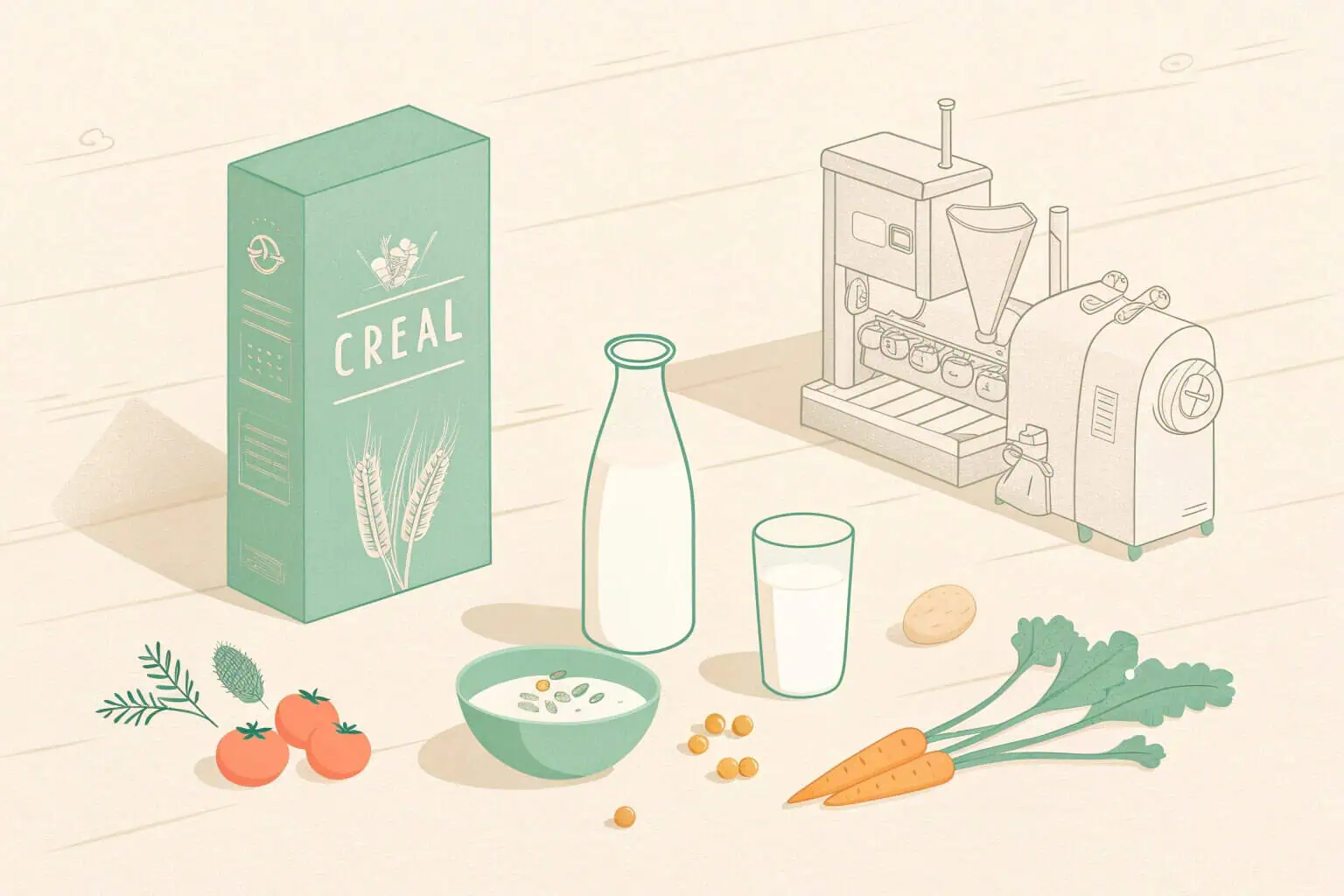
I've seen firsthand how powerful these stories can be. Whether it's a small farm trying a new organic technique or a massive corporation dealing with a supply chain crisis, these case studies6 are where the real learning happens. They take us beyond the marketing slogans and into the messy reality of how our food gets made. They show us the good, the bad, and the ugly, and that's exactly what we need to see to make things better. Let's explore why these stories are so vital.
Learning from Success and Failure
Case studies are not just about celebrating success. Some of the most valuable ones I've read are about failures. They dissect what went wrong, why it went wrong, and what could have been done differently. For example, a study on a product recall can teach us invaluable lessons about food safety protocols. On the other hand, a study on a brand that successfully launched a new sustainable product7 can provide a roadmap for others to follow. It's this dual perspective that makes them so useful.
A Tool for Strategy and Innovation
For businesses like mine, case studies are essential strategic tools. When we're thinking about launching a new product, like our collapsible fish tanks8, we look at case studies9 of similar launches. What challenges did they face? How did they market their product? Who were their first customers? This information is gold. It helps us avoid reinventing the wheel and make smarter decisions. It also sparks innovation by showing us what's possible.
Connecting with the Consumer
Case studies also help us understand the people we're trying to feed. A study on changing consumer attitudes towards plant-based foods10, for instance, can help a company decide whether to enter that market. It provides data-driven insights into what people want and why they want it. In a world where consumer trust is everything, this understanding is more important than ever. It helps us build businesses that are not just profitable, but also aligned with the values of our customers.
What is the biggest problem in aquaculture?
Worried about the environmental impact of your seafood? You want to make sustainable choices, but the issues seem complex and confusing. Let's clarify the single biggest challenge we face.
The biggest problem in aquaculture is balancing high production yields with environmental sustainability. This includes managing waste, preventing disease, and sourcing feed responsibly without harming natural ecosystems, a challenge that defines the industry's future.
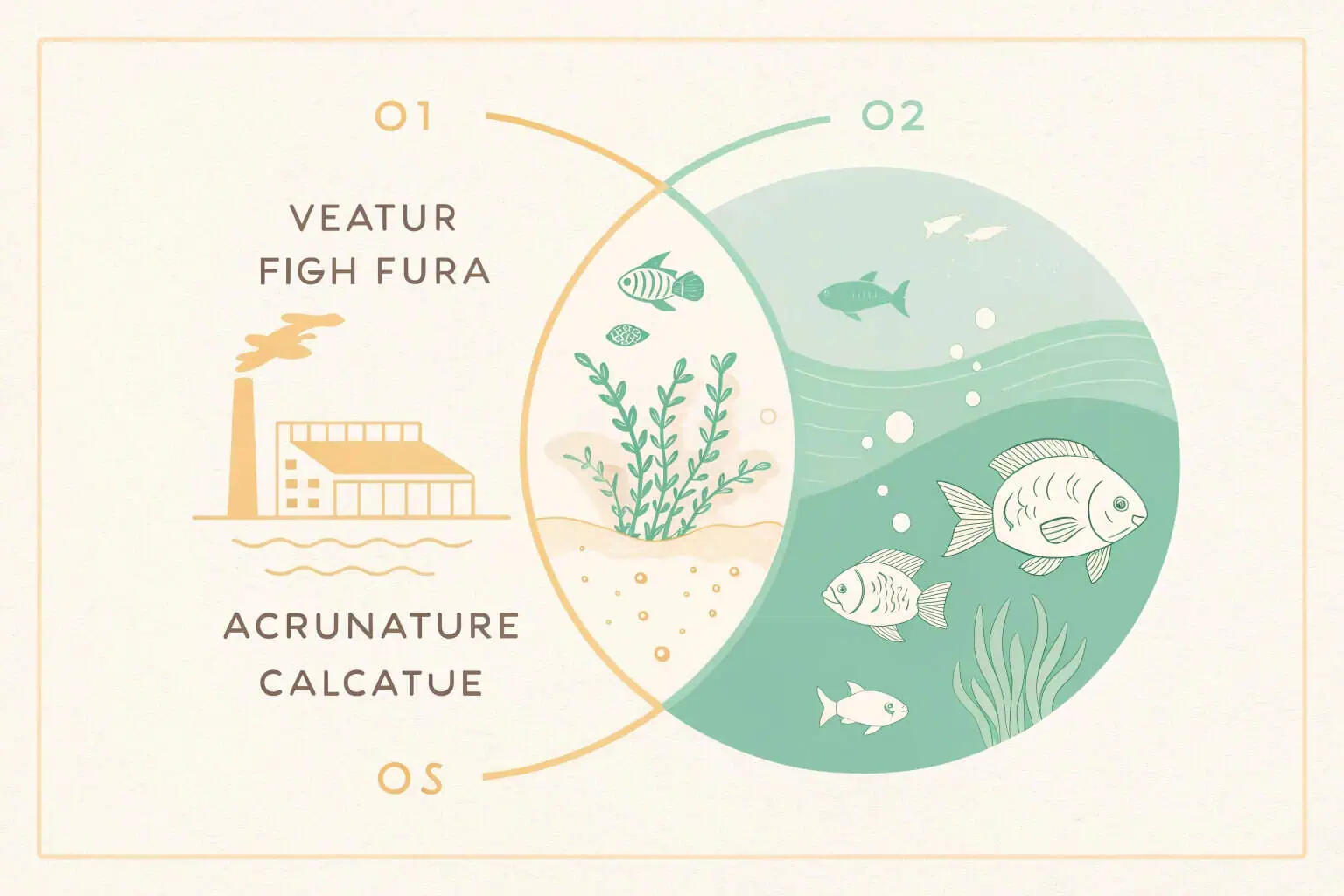
From my perspective, this is the tightrope we walk every single day. The world needs more protein, and aquaculture is one of the most efficient ways to produce it. But if we chase production at all costs, we risk destroying the very environment our industry depends on. It's a constant struggle to find better, cleaner, and smarter ways to farm. The pressure is immense, but it also drives incredible innovation. Let's break down this central challenge.
The Environmental Footprint
Aquaculture's environmental impact11 is a multi-faceted issue. The waste from fish farms, if not properly managed, can pollute surrounding waters with excess nutrients, leading to algal blooms that harm wild ecosystems. The use of chemicals and antibiotics to control diseases can also have unintended consequences. And the escape of farmed fish can threaten native populations. These are not small problems; they are fundamental challenges we must address.
| Aspect of Impact | Cause | Potential Consequence | Nature of the Problem |
|---|---|---|---|
| Waste | Fish farm effluent. | Nutrient pollution.12 | Fundamental challenge. |
| Waste | Fish farm effluent. | Algal blooms. | Harm to wild ecosystems. |
| Chemicals/Antibiotics | Disease control use. | Unintended consequences. | Fundamental challenge. |
| Escaped Fish | Farmed fish escape. | Threat to native populations.13 | Fundamental challenge. |
| Overall | Aquaculture activities. | Multi-faceted environmental impact. | Must be addressed. |
The Feed Dilemma
One of the most critical aspects is the feed. Many popular farmed species, like salmon, are carnivorous. They need to eat other fish to grow. This has historically meant catching vast amounts of small, wild fish to turn into fishmeal and fish oil. It's a practice that puts a huge strain on wild fish stocks. Finding sustainable alternatives, like algae-based or insect-based feeds14, is one of the most urgent research priorities in our field. It's a puzzle we have to solve to make aquaculture truly sustainable.
The Path Forward: Technology and Regulation
So, how do we solve this? It's a combination of technology and smart regulation. I've seen amazing new systems, like our Bancy collapsible tanks15 used in closed-loop systems, that drastically reduce water pollution. There are also new methods for disease management that rely on vaccines instead of antibiotics. At the same time, we need strong government policies that set clear environmental standards and incentivize sustainable practices. It's this two-pronged approach that gives me hope for the future.
What are the 4 types of aquaculture?
Curious about how fish farming actually works? There isn't just one method; the diversity can be surprising. Understanding the main types helps clarify how we farm the waters.
The four main types of aquaculture are mariculture (seawater), freshwater aquaculture, brackish water aquaculture, and recirculating aquaculture systems (RAS). Each type uses different environments and techniques to farm a wide variety of aquatic species.
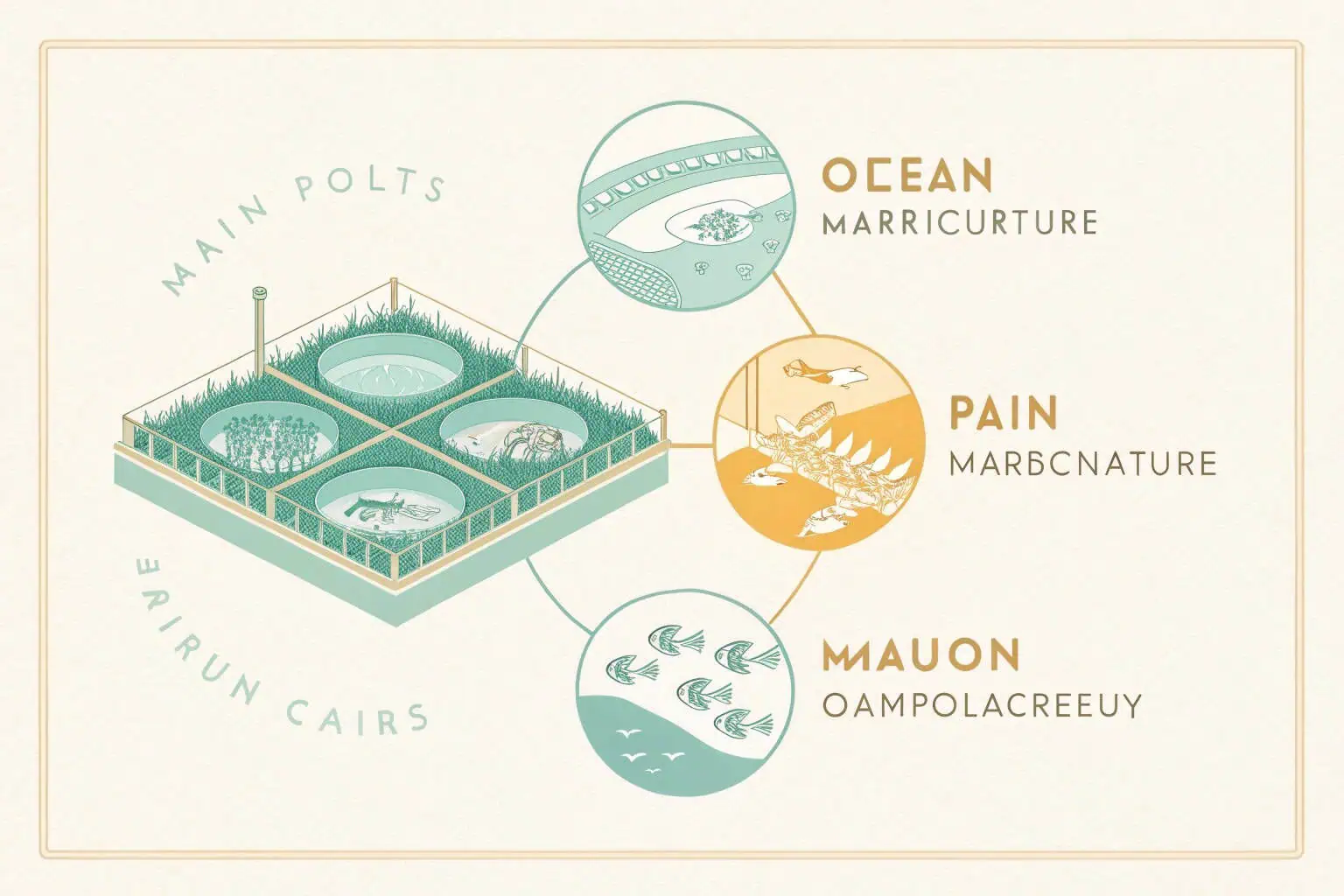
In my work, I've dealt with projects across all these categories. Each one has its own unique set of challenges and opportunities. A saltwater shrimp farm in Thailand is a world away from a catfish farm in a freshwater pond in the US, which is different again from a high-tech salmon RAS in Norway. This diversity is what makes the field so dynamic. Let's take a closer look at these four key methods.
Exploring the Different Farming Environments
The world of aquaculture is incredibly diverse, and the methods we use are tailored to the specific environment and species. Here’s a breakdown of the main types:
| Type of Aquaculture | Environment | Common Species | Key Characteristics |
|---|---|---|---|
| Mariculture | Seawater (oceans, coastal areas) | Salmon, tuna, oysters, seaweed | Uses open-ocean net pens or coastal ponds. Faces challenges from storms and predators. |
| Freshwater Aquaculture16 | Ponds, rivers, lakes, tanks | Catfish, tilapia, carp, trout | The most common type globally. Often uses man-made ponds or raceways. |
| Brackish Water Aquaculture17 | Estuaries (where freshwater meets saltwater) | Shrimp, milkfish, sea bass | Takes advantage of the unique conditions in coastal estuaries. Important for shrimp farming. |
| Recirculating Systems (RAS)18 | Land-based tanks (any location) | Salmon, barramundi, shrimp | High-tech, closed-loop systems that recycle water. High control but also high cost. |
Mariculture and Freshwater: The Two Giants
Mariculture and freshwater aquaculture19 are the two biggest players. Mariculture, or marine farming, is where we grow species that live in saltwater. This is where you'll find the massive salmon farms in their ocean net pens. Freshwater aquaculture, on the other hand, is all about farming in ponds, rivers, and lakes. This is where species like catfish and tilapia are raised, often in simpler, lower-cost systems. Together, these two types make up the vast majority of global aquaculture production.
RAS: The Future of Farming?
Recirculating Aquaculture Systems20, or RAS, are the new frontier. These are fully contained, land-based farms. I'm particularly excited about this area because it offers solutions to many of aquaculture's biggest problems. With RAS, we can control waste, prevent escapes, and reduce disease without chemicals. Our Bancy collapsible tanks are often used in these kinds of setups because they are durable and easy to install. The technology is still expensive, but as it improves, I believe it will play a huge role in the future of sustainable seafood.
Conclusion
In short, aquaculture case studies are vital tools. They provide real-world lessons that help us navigate the industry's challenges, from environmental management to technological innovation, guiding us toward a sustainable future.
-
Exploring disease management strategies can help aquaculture operations minimize losses and maintain fish health. ↩
-
Understanding water quality management is crucial for successful aquaculture, ensuring healthy fish and sustainable practices. ↩
-
Exploring nutrition optimization can lead to healthier aquatic species and more efficient feeding strategies in aquaculture. ↩
-
Explore this link to understand how RAS technology is revolutionizing aquaculture and conserving water. ↩
-
Exploring this resource will provide insights into effective methods for producing food sustainably, crucial for our growing population. ↩
-
Exploring this link will deepen your understanding of how case studies can enhance learning and provide real-world insights. ↩
-
This resource can guide you through effective strategies for launching eco-friendly products. ↩
-
This link will provide insights into effective marketing strategies specifically tailored for innovative products like collapsible fish tanks. ↩
-
Exploring this resource will reveal how case studies can enhance your business strategy and decision-making. ↩
-
Understanding these attitudes can guide businesses in aligning their products with consumer values. ↩
-
Understanding the environmental impact of aquaculture is crucial for sustainable practices and protecting ecosystems. ↩
-
Understanding nutrient pollution is crucial for addressing its impact on water quality and aquatic life. ↩
-
Exploring this topic reveals the ecological risks posed by escaped fish and the importance of biodiversity. ↩
-
Understanding the effectiveness of these feeds can lead to innovative solutions for sustainable fish farming. ↩
-
Discover how Bancy collapsible tanks are revolutionizing water management and pollution reduction in closed-loop systems. ↩
-
Explore the advantages of freshwater aquaculture, including sustainability and efficiency in fish farming. ↩
-
Explore this resource to understand the unique advantages and challenges of brackish water systems in aquaculture. ↩
-
Learn about RAS technology, its benefits, and how it revolutionizes fish farming with water conservation. ↩
-
Discover the benefits of freshwater aquaculture, including cost-effectiveness and species diversity, by visiting this resource. ↩
-
Explore this link to understand how RAS can revolutionize sustainable seafood and address key aquaculture challenges. ↩